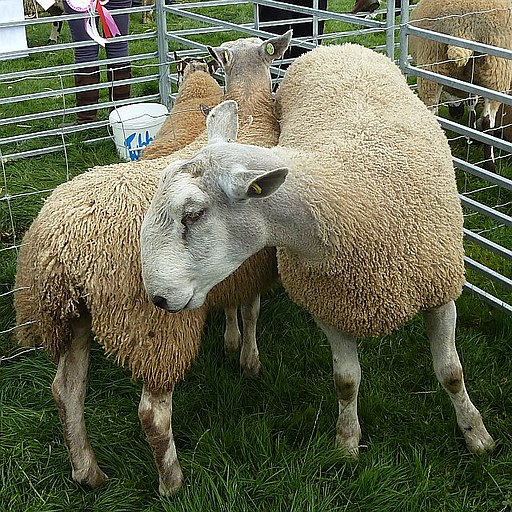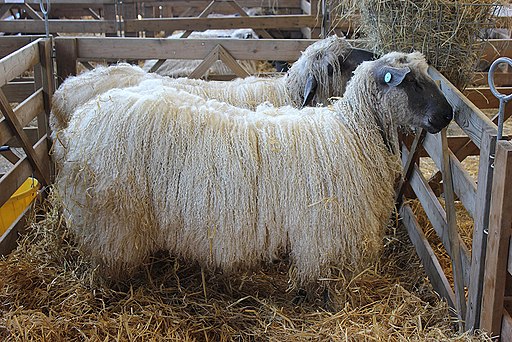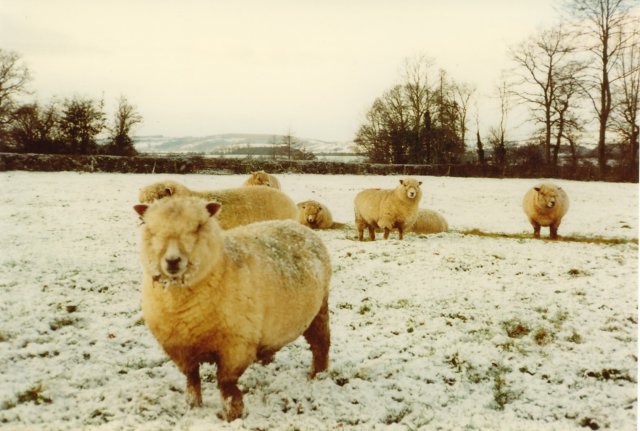"Dressing is an individual act, but it is also a deeply social one." (291)
As I've been making my own clothes over the last year, and as I've grown more and more disillusioned with fast fashion and shopping over the last several years, I hadn't thought too much about how the fashion industry became what it is today. I grew up in Massachusetts and visited mills on field trips; I read historical fiction about the Triangle Shirtwaist Factory. I thought about my mom sewing clothes for me and my sister, about couturiers and Project Runway competitors, about Victorian dresses, about homespun cloth. But I thought I had no other option than the mall, or the stores in Soho, or thrift stores. Making your own clothes is not something most people imagine is feasible, certainly not much beyond knitting a scarf or maybe a hat.
Worn doesn't get into the details of making one's own garments, but rather traces the stories of garments through history. The tales are deeply political, exploitative, destructive, and always focused on money. Why don't people talk about these things more? What changed since that factory collapsed in Bangladesh? When will it happen again?
The transformation of fashion from a homemade, homegrown industry to a mass-produced one reminds me of how we have increasingly become ignorant of and separated from our food systems. That is changing, with books like The Omnivore's Dilemma, the rising popularity of greenmarkets and backyard gardens, and pandemic sourdough projects. Maybe the time is coming for fashion to change, too.
Here are some of my takeaways:
- In Europe and North America, pre-Industrial Revolution, linen was often grown, processed, spun, woven, and made into garments from flax that was grown on one's own farmland, similar to their other crops. Homespun!
- Sewing a garment cannot be a fully machine-automated process. People's hands are necessary.
- Previously, I had thought that cotton and specifically organic cotton were "good" fabrics to look for, but I learned that cotton is an extremely thirsty plant. Aquifers are being drained in the middle US to keep it watered. In India and China, lands have turned into deserts as a result of industrial cotton farming practices. There's also the extreme quantity of toxic agrochemicals involved in growing such huge amounts of genetically modified plants - runoff, worker exposure.
- Textile production has been used by those in power (the East India Trading Company, the US Government) to completely transform countries and people groups - their way of living, their land, their customs - such as Indian textile makers and Navajo weavers.
- A highly neurotoxic solvent called carbon disulfide is used to make synthetic fabrics like rayon. For years after this discovery, workers were getting sick and dying from exposure to this chemical. For a long time, industry owners hid this fact and prevented investigations to keep profiting.
- Export Processing Zones are legal entities, like city-states, that allow duty-free imports of raw materials needed to produce exports. They provide tax breaks, infrastructure and communication services that are typically higher quality than in the country where they are housed, and "easy acess to low-wage-labor foreign multinationals" (198).
-
The Rare Breeds Survival Trust in Britain was established in 1973 to
prevent native British sheep breeds from going extinct. Look at these
beautiful and weird breeds like the
Hebridean sheep
 ,
blue-faced Leicester
,
blue-faced Leicester ,
Shetland sheep
,
Shetland sheep ,
Wensleydale Longwool
,
Wensleydale Longwool ,
Ryeland
,
Ryeland and
North Ronaldsay
and
North Ronaldsay who
eat seaweed (!)
for much of the year.
who
eat seaweed (!)
for much of the year.
My take: fascinating, thoroughly researched, and well worth a read.